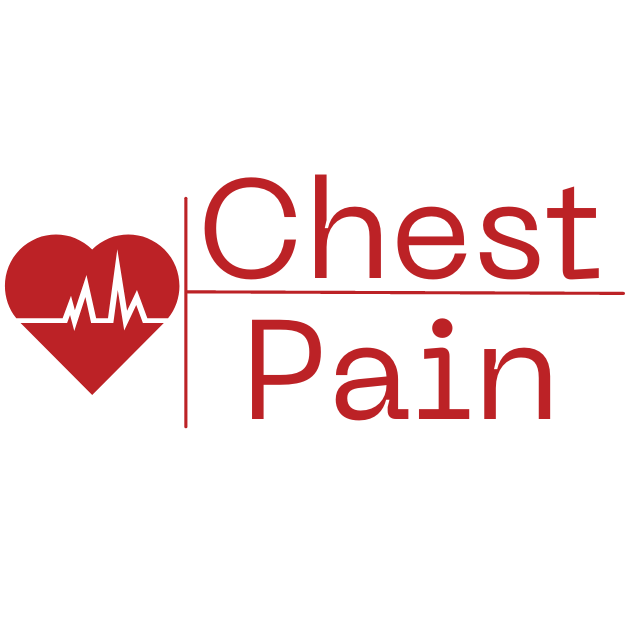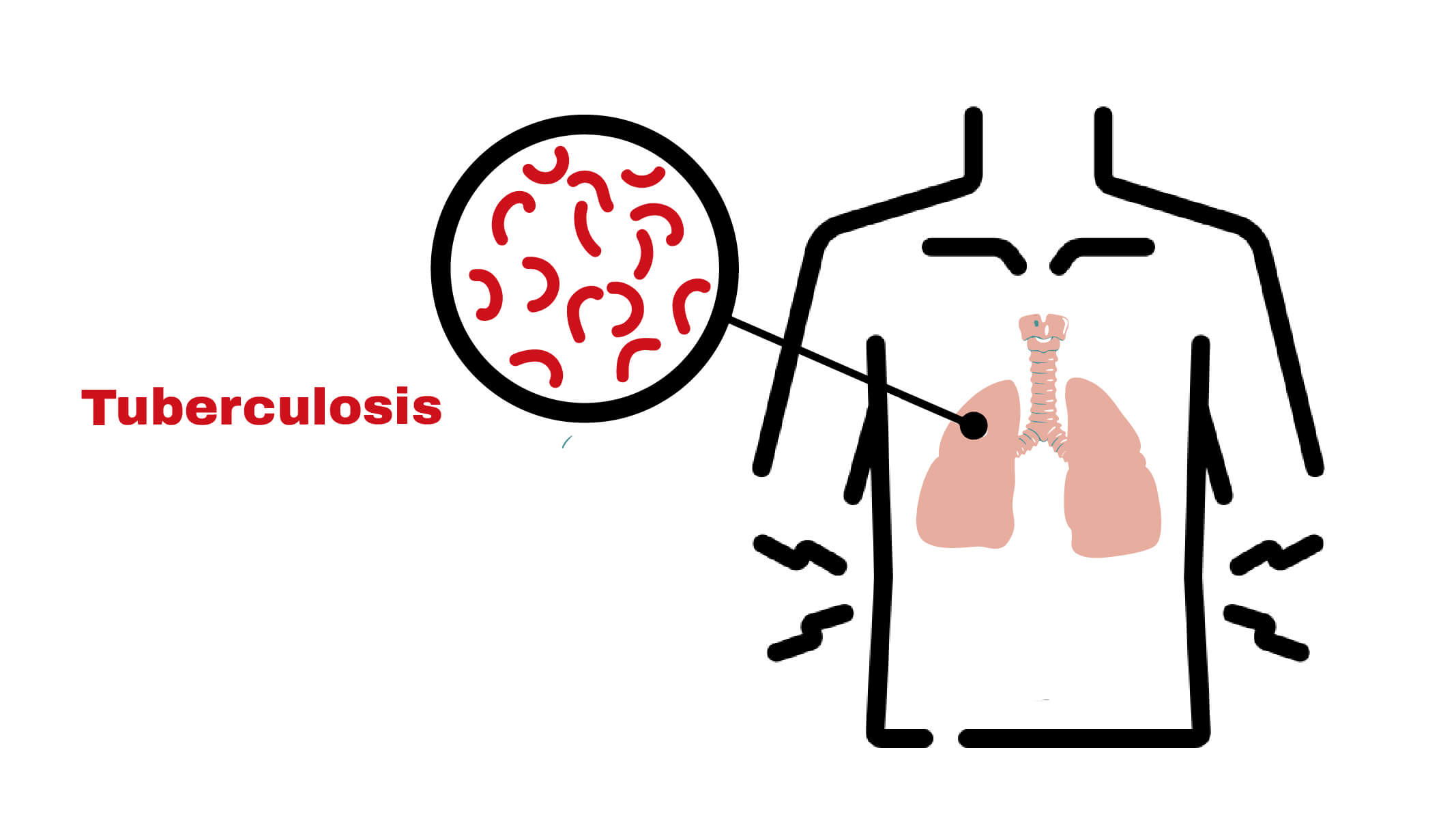What is tuberculosis?
The term tuberculosis arrives from the Latin word for “nodule” or something which sticks out. Tuberculosis is a disorder that affects the individual’s lungs or other tissues. It mainly affects the lungs, brain, spinal cord, and kidneys. Tuberculosis is sometimes also referred to as TB. Not every individual diagnosed with TB becomes sick, but if an individual with TB becomes ill, it is important to get the proper treatment. Some individuals diagnosed with TB (tuberculosis) might not have any symptoms. It would indicate that the individual has latent tuberculosis or inactive tuberculosis. During this phase, TB can be viewed as dormant, but it cannot be assumed that TB has gone.
If the TB germs are growing or active, showing symptoms in an individual, and are contagious, then he is likely to have active tuberculosis disease or tuberculosis.
The 3 phases of TB are:
- Primary infection.
- Latent TB infection.
- Active TB disease.
How mutual is tuberculosis?
Ten million people are infected with TB worldwide, and about 1.5 million people will die due to TB in 2020. The statistics show that 7,860 tuberculosis cases were reported in the United States in 2021.
What are the various forms of tuberculosis?
The most typical form of tuberculosis is pulmonary (lung) tuberculosis. Still, the bacterium can also affect several other parts of the individual’s body besides the lungs, causing extrapulmonary tuberculosis, also known as TB outside of the lung. Another form of tuberculosis that can spread throughout an individual’s body can lead to:
- Sterile pyuria, or high levels of white blood cells in an individual’s urine.
- Hepatitis is a liver infection.
- Potts illness, also known as tuberculosis spondylitis or spinal tuberculosis.
- Addison’s illness is an adrenal gland condition.
- Lymphadenitis in an individual’s neck is also known as TB lymphadenitis or scrofula.
- Meningitis is an inflammation of an individual’s brain.
What are the causes of tuberculosis?
The bacterium Mycobacterium tuberculosis causes TB. Tuberculosis is an infectious disease it cannot easily spread, but the germs are spread by the air and usually infect the lungs and other body parts. An individual can get tuberculosis if he is in contact with someone contagious.
The spread of tuberculosis:
Tuberculosis can spread through the air when individuals with tuberculosis release germs in the air by sneezing, coughing, singing, talking, and laughing. Most individuals can fight the tuberculosis germs and stop their growth. The bacterium becomes inactive in these individuals, which causes a latent TB infection. Only individuals with the active pulmonary disorder are transmissible.
Around 13 million individuals in the United States are diagnosed with latent TB. In some individuals, the bacteria are inactive but remain in an individual’s body and can become active at any time. Individuals with latent tuberculosis can have latent TB for a lifetime which may not become active and become a TB disease. On the other hand, individuals with a weak immune system are most likely to get infected with tuberculosis and cannot fight the germs. It happens when the latent TB infection becomes active.
How to prevent the spread of tuberculosis?
TB always spreads through bacteria in the air from one individual to another. When the infected TB person speaks or coughs, the TB bacteria can get into the air and infect nearby people. However, individuals can follow some precautions like:
- Avoiding close contact with other individuals.
- Washing hands very often.
- Covering the mouth while sneezing or coughing or coughing into the elbow.
- Taking all of the prescribed medication on time and correctly.
- Individuals with tuberculosis are advised not to visit their home or school without being cleared by a healthcare advisor.
The symptoms of tuberculosis:
Individuals with inactive tuberculosis do not have any symptoms because of the inactiveness of tuberculosis. However, individuals may have a positive blood or skin reaction test. Individuals with active tuberculosis are most likely to experience the following indications:
- Cough that lasts longer than the usual cough, mainly two weeks.
- Chest pain.
- Blood while coughing or sputum (mucus)
- Weakness or fatigue.
- Fever.
- Loss of appetite.
- Chills.
- Night sweats.
When is it vital to visit the healthcare provider?
If individual experiences similar symptoms for tuberculosis and if they get worsen over time, then an individual must visit the health care provider. Even though tuberculosis can be treated, it can also become fatal if not treated on time.
How to diagnose tuberculosis?
After studying an individual’s symptoms, the healthcare advisor suggests the following diagnostic tests. However, the diagnosis would depend upon the individual’s medical condition.
There are two types of scanning that are used to diagnose tuberculosis the blood test known as the interferon-gamma release assay (IGRA) and the Mantoux tuberculin test (TST).
The consultant will draw blood for the IGRA and send the sample to the lab for the diagnosis. In the TST test, the consultant will inject a tiny amount of a substance known as the purified derivative (PDP) under the skin of an individual’s forearms. After at least two to three days, an individual must return to the consultant to examine the injected area.
Apart from these screenings, the consultant can also advise for the following tests to determine if an infection is active in an individual’s lungs or not.
- Chest X-ray
- CT-scan computed tomography.
- Lab tests on lung fluid and sputum.
References:
- https://my.clevelandclinic.org/health/diseases/11301-tuberculosis retrieved on 16 August 2022
- https://www.mayoclinic.org/diseases-conditions/tuberculosis/symptoms-causes/syc-20351250 retrieved on 16 August 2022
https://www.nhs.uk/conditions/tuberculosis-tb/#:~:text=Tuberculosis%20(TB)%20is%20a%20bacterial,glands%2C%20bones%20and%20nervous%20system. Retrieved on 16 August 2022

